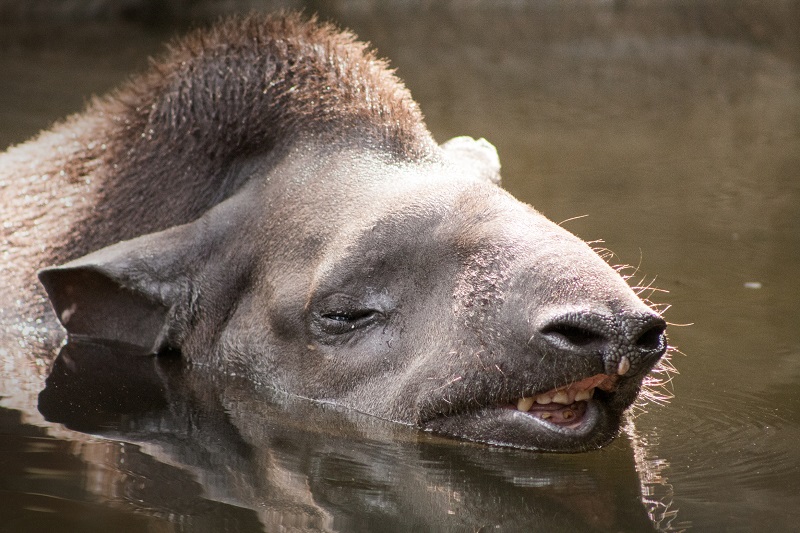
Driven to extinction in Rio de Janeiro in 1980 due to hunting and habitat destruction, the Lowland Tapir (Tapirus terrestris) is being reintroduced into the Atlantic Forest by Reserva Ecológica de Guapiaçu (REGUA).
Without human influence, the Lowland Tapir’s range would have extended through the Atlantic Forest in south-east Brazil. With support from World Land Trust (WLT), REGUA have protected large areas of the Atlantic Forest and restored areas cleared for timber or agriculture by planting trees, creating an ideal site to reintroduce South America’s largest land mammal.
A pair of tapirs is being brought from a breeder about 1,000km from REGUA in late September. They will be in quarantine for a month before their ‘soft release’, when the pen will be opened but food will be supplied next to the pen for a while afterwards until they are comfortable with their new surroundings.
The reintroduction programme is being led by Rio de Janeiro University Professor Fernando Fernandez, who worked on the reintroductions of Red-rumped Agouti (Dasyprocta leporine) and Brown Howler Monkey (Alouatta guariba) into the nearby Tijuca Forest National Park.
The animals will be released in October with transmitters to track their movements and behaviour. If this part of the plan is successful, another pair will arrive in January and a third pair in March.
The tapir’s herbivorous diet contains lots of fruits and seeds from a wide range of plants. As the last remaining large mammal in the habitat, the tapir has an important ecological role in dispersing seeds from trees and shrubs over long distances, which enhances the plant diversity of the forest.
A local builder and the team of REGUA rangers are currently building a tapir pen, ready for the arrival of the breeding pair.
